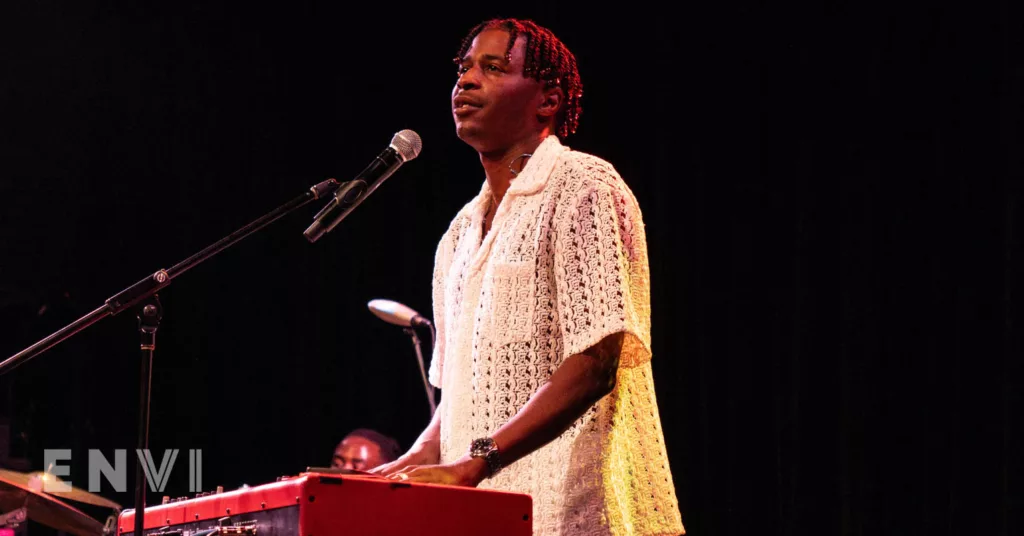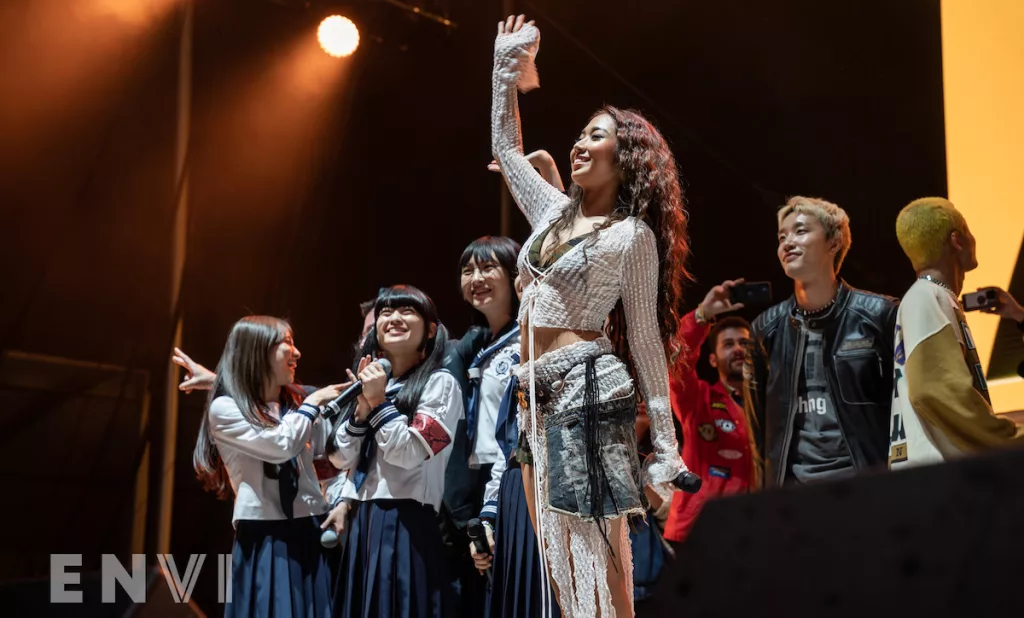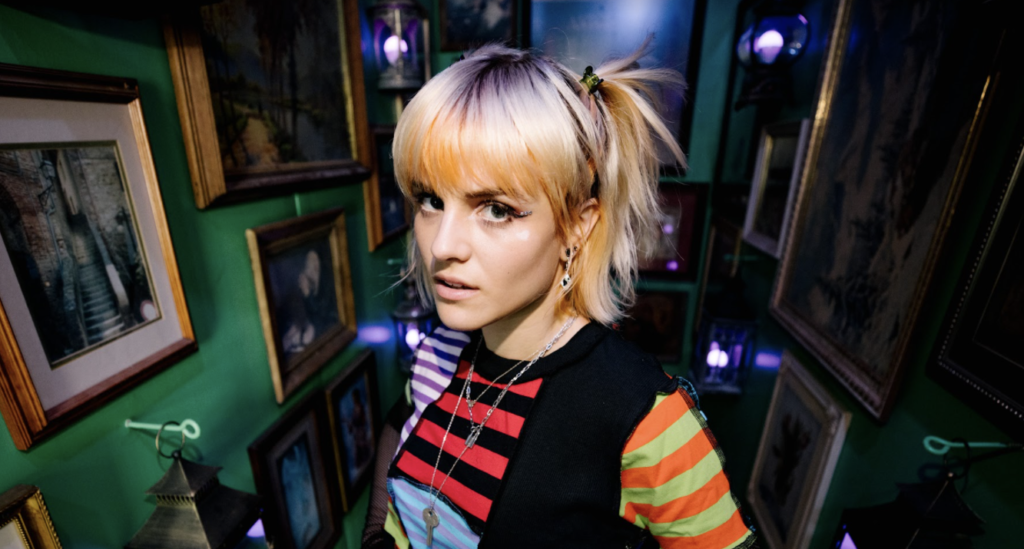El Divo De Juárez: Juan Gabriel’s Everlasting Fashion Influence
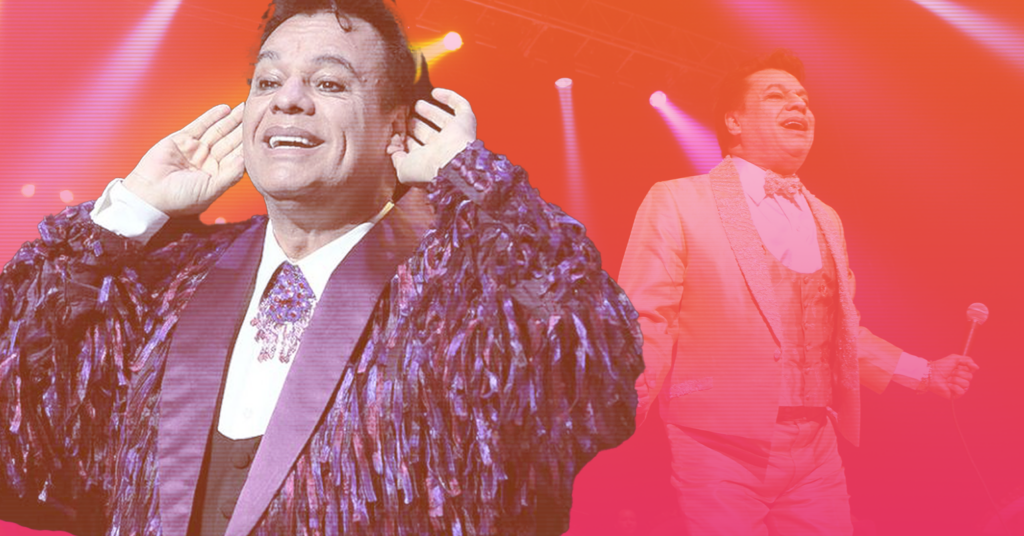
Juan Gabriel, also known by his nicknames “Juanga” and “El Divo de Juárez” (The Diva from Juárez) was a Mexican singer, songwriter, and actor. During his career, he wrote over 1,800 songs and recorded with 800 artists in seven languages. Dubbed the “King of Latin Pop,” Juanga collaborated with artists across generations, including Alejandro Fernández, Marc Anthony, Juanes, Laura Pausini and José José.
Through his powerful music and alluring stage presence, Juan Gabriel revolutionized Latin music and inspired countless artists worldwide. His journey from humble beginnings to becoming an iconic figure in music history is a testament to his extraordinary talent and the deep emotional connection he forged with his audience.
Juan Gabriel also broke barriers when it came to fashion and self-expression. Thanks to his flamboyant attitude, unconventional fashion choices and fearless approach to life, El Divo de Juárez is remembered as an eternal fashion icon. His bold and transformative style challenged the norms of his era and left a lasting impact on the music industry, transcending generations.
Early Career and Early Fashion
In May 1971, Juan Gabriel released his first studio album, El Alma Joven. His self-composed single “No Tengo Dinero” was a major success and became his first hit. He continued to break records throughout his 45-year career and released over 30 studio albums, captivating audiences with heartfelt lyrics and unforgettable melodies.
But it wasn’t just his music that left a lasting impression. Juan Gabriel’s iconic fashion sense became a significant part of his identity, further cementing his impact. Armed with flamboyant and colorful outfits, the singer broke barriers in fashion, using his unique style to complement his illuminating stage presence.
Since the start of his career, Juan Gabriel donned bright colors and bold patterns — floral motifs were among his favorites. On his debut album cover, for instance, Juan Gabriel sported a vivid pink suit with extravagant flower patterns. A similar style followed him into his career. His bold fashion choices, from embroidered suits to dramatic capes, made him a pioneer not just in music, but in self-expression.
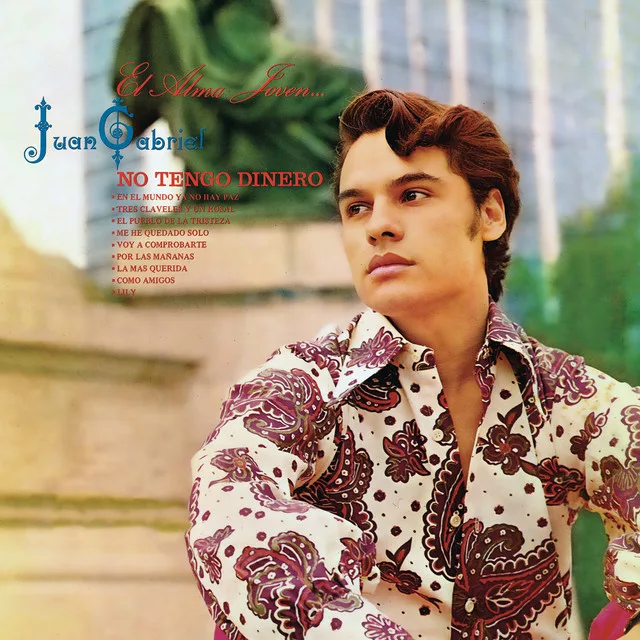
Signature Style and Fashion
Embracing eye-catching costumes, sequins, and dazzling colors, Juan Gabriel’s style evolved over the years. Initially, his wardrobe featured vibrant colors and patterns, but as his career progressed, he incorporated more texture variation, including intricate sequin work, fringes and embroidery.
One of his most memorable outfits was the black sequined suit he donned during his performance at the Instituto de Bellas Artes en México in 1990 — a concert that was as controversial as it was historic. The gold and black ensemble channeled Juan Gabriel’s flair for theatricals, glamour and lavish fashion.
Another standout look was a white bejeweled suit adorned with the colors of the Mexican flag, which he sported for a concert at Planet Hollywood in Las Vegas in 2014. In 2016, a few months before his passing, Juan Gabriel continued to showcase his unique style with a traditional embroidered flower top paired with rainbow pants and red sunglasses for a Spanish cover of “Have You Ever Seen the Rain”.
Juan Gabriel’s fashion not only reflected his vibrant personality but also his evolution as an artist, making each performance a complete spectacle.
Cultural Impact and Legacy
In addition to his music and style accolades, Juanga’s role as an icon for the LGBTQ+ community is undeniable. His unapologetic self-expression and the iconic quote “Lo que se ve no se pregunta” (What you can see, you don’t have to ask) when asked about his sexual orientation, encapsulates his fearless approach to identity and artistry. His rise to stardom sparked cultural conversations about sexuality and gender identity in regions where such topics were and are still considered taboo.
As upheld by testimonials from other artists and celebrities, Juan Gabriel’s influence extended beyond his music. Former U.S. President Barack Obama noted, “For over forty years, Juan Gabriel brought his beloved Mexican music to millions, transcending borders and generations. To so many Mexican-Americans, Mexicans, and people all over the world, his music sounds like home”.
In addition to moving fans, Juanga’s songs inspired artists across the globe — from Spanish legend Rocío Durcal to regional music icon Jenni Rivera. Puerto Rican American artist Marc Anthony even credits Juan Gabriel’s “Hasta Que Te Conoci” as the inspiration behind his Latin music recording career.
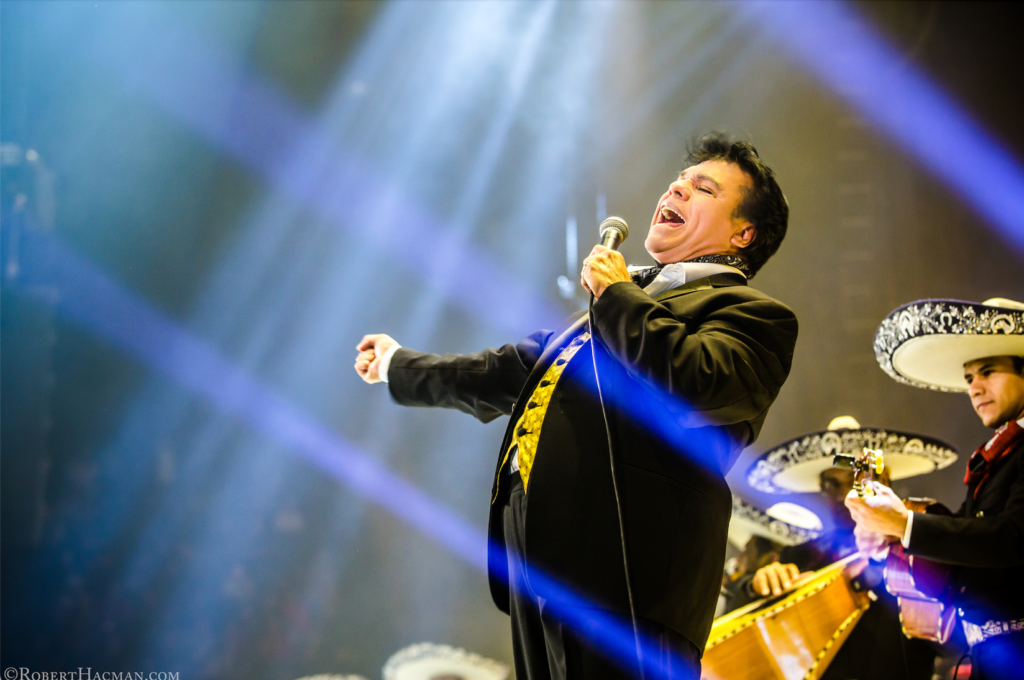
Lasting Influence
Juan Gabriel’s ongoing legacy in music, fashion, and LGBTQ+ advocacy still resonates with audiences today, inspiring new generations to embrace and celebrate their identities. The late singer’s fearless fashion and self-expression have paved the way for many artists who admire and pay tribute to his music and eclectic wardrobe.
In 2018, for example, Honduran fashion designer Carlos Campos, presented a Fall Winter collection that homaged Juan Gabriel’s style with charro-inspired looks, color blocking and geometric patterns such as stripes and checkerboard.
On stage, present-day artists like Harry Styles have drawn fashion comparisons to Juan Gabriel, with fans noting the similarities in their stage outfits — textured suits with satin finishes, vivid colors and matching sets with extravagant fringe details. While it can’t be said for certain that Styles was directly influenced by Juan Gabriel, the fearless and boundary-pushing approach both artists take in their work makes for a logical comparison. Purposely or not, Styles’ flashy wardrobe choices echo Juan Gabriel’s everlasting influence on pop culture, showcasing how his impact transcends generations and nationalities.
Forever Icon
Juan Gabriel’s contributions to music, culture, and LGBTQ+ advocacy make him a timeless icon whose impact will be felt for years to come. His vibrant, flamboyant style revolutionized stage fashion, while his unapologetic way of presenting himself cemented his name as an icon for the LGBTQ+ community. His influence is evident in the work of modern-day artists who draw inspiration from — or at least channel — his bold fashion choices and fearless persona.
El Divo de Juárez‘s enduring impact is further explored in the upcoming original podcast from Apple TV+, My Divo, available in both English and Spanish. The podcast, set for release on July 1, will delve into the life and legacy of the iconic singer, offering a deep dive into his career.
Want to read more about Latin American music, cinema, fashion and culture? Check out EnVi En Español here.
